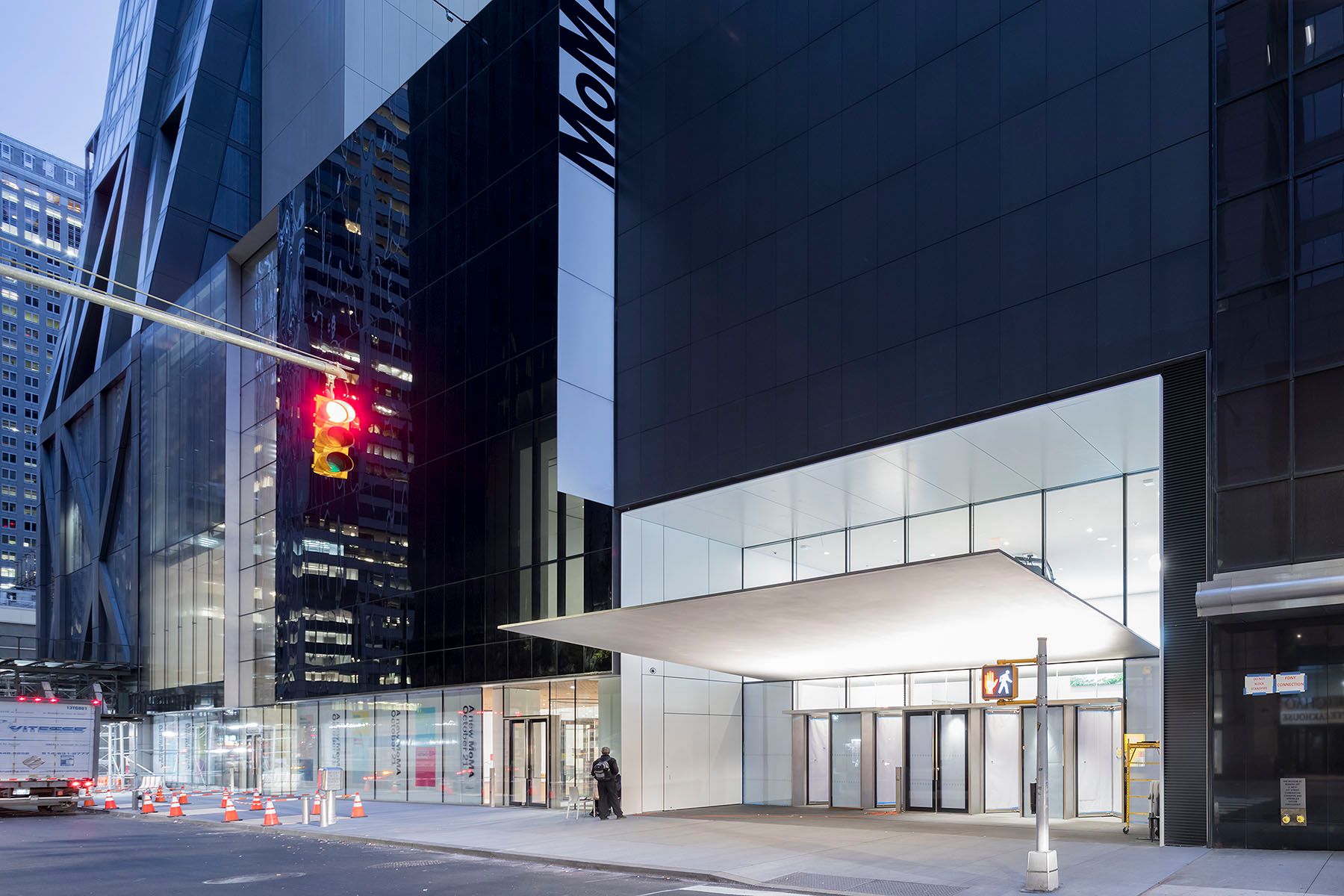Olympic Sculpture Park – Weiss Manfredi
Envisioned as a new urban typology for sculpture parks, the Olympic Sculpture Park transforms a former industrial brownfield—bisected by train tracks and a highway—into a continuous, Z-shaped green landform that reconnects Seattle’s urban core to the Elliott Bay waterfront.
Winner of an international competition, the design by Weiss/Manfredi leverages the site’s 40-foot grade change, creating a hybrid landscape that serves as both infrastructure and public space. Constructed with mechanically stabilized earth, the path ascends and descends across existing infrastructure, offering a seamless pedestrian route from an elevated exhibition pavilion to a restored shoreline.
The experience unfolds in three distinct segments: an elevated path over the highway with views to the Olympic Mountains, a crossing above rail lines with vistas of the city and port, and a final descent to a reclaimed beach. By weaving architecture, landscape, and infrastructure into one fluid gesture, the park redefines public access and cultural engagement along Seattle’s last undeveloped waterfront.


